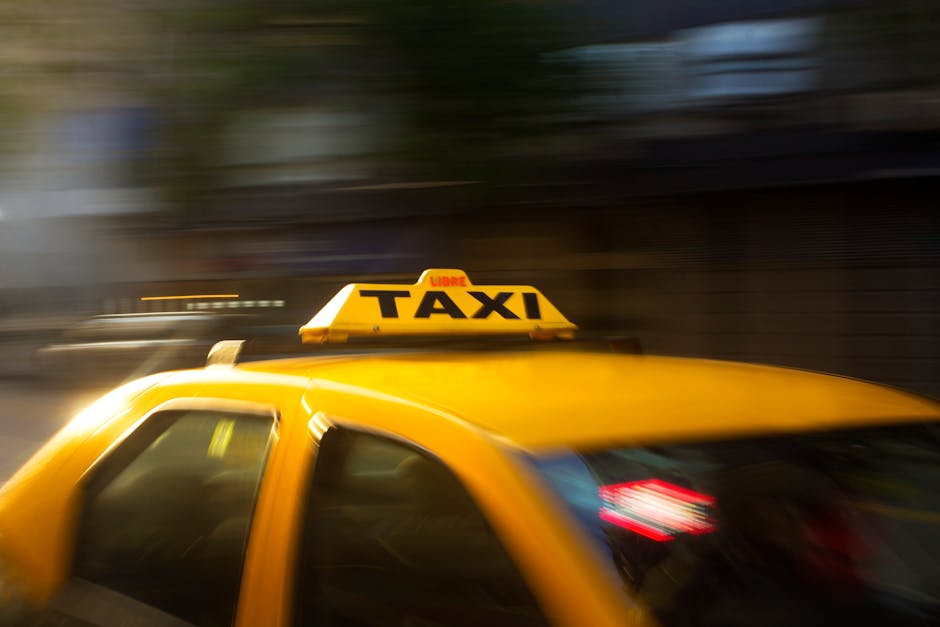Paris, the City of Lights! Getting around this beautiful city can be a bit tricky, especially when deciding between Uber and traditional taxis. Both options have their pros and cons, and the best choice for you will depend on your individual needs and preferences. Let’s break down the key differences to help you make an informed decision for your Parisian adventure.

Availability and Convenience
When it comes to availability, Uber generally has a wider reach throughout Paris and its surrounding areas. You can often find an Uber in less central locations where hailing a taxi might be more difficult. Taxi stands are usually located at major transportation hubs like airports, train stations, and popular tourist spots. So, if you’re right next to one, grabbing a taxi could be quick. However, outside of these areas, finding an available taxi can sometimes be a challenge, especially during peak hours or bad weather.
Convenience is another factor to consider. With Uber, you can request a ride directly from your smartphone using the app. You don’t have to worry about waving down a taxi or waiting at a taxi stand. The app shows you the estimated fare and arrival time, and you can track your driver’s progress in real-time. Taxis, on the other hand, require you to either hail one on the street, go to a taxi stand, or call for a pickup (which might require speaking French!).
Pricing: Understanding the Cost
Pricing is a crucial aspect of any transportation decision. Uber uses a dynamic pricing model, meaning that fares can fluctuate based on demand. During peak hours, events, or periods of high traffic, Uber prices can surge, sometimes significantly. Taxi fares, on the other hand, are regulated by the government and follow a meter-based system. There are base fares, per-kilometer charges, and additional fees for things like luggage or airport pickups. While taxi fares are generally more predictable than Uber’s surge pricing, they can still add up, especially during long journeys.
Before requesting an Uber, the app provides an estimated fare range. This helps you get an idea of the cost before you commit. With taxis, you won’t know the exact fare until the end of the ride. It’s always a good idea to ask the taxi driver for an estimated fare before you start your journey, especially if you’re concerned about the cost.
Language Barrier and Communication
If you don’t speak French, communication can be a factor. With Uber, you enter your destination directly into the app, so there’s no need to explain it to the driver. Many Uber drivers in Paris speak at least some English, making communication easier. Taxi drivers, while often professional, may not always speak English fluently. While they are expected to know the major landmarks and streets, explaining complex directions might be challenging if you don’t speak French. Using a translation app or having your destination written down can be helpful in these situations.
Safety and Regulation
Both Uber and taxis in Paris are subject to regulations and safety standards, but there are some key differences. Taxis are licensed and regulated by the government, and drivers undergo background checks and training. They are also required to have insurance. Uber drivers also undergo background checks, but the level of regulation and oversight can vary. Always check the driver’s information and vehicle details in the Uber app before getting in the car. Both options are generally safe, but it’s always wise to be aware of your surroundings and trust your instincts. Reputable taxis will always have a visible meter and proper identification.
Comfort and Vehicle Quality
The comfort and quality of vehicles can vary in both Uber and taxis. With Uber, you often have a choice of different vehicle options, such as UberX, Uber Comfort, or Uber Black, which offer varying levels of comfort and luxury. Taxis in Paris are generally well-maintained, but the age and style of the vehicle can vary. You might find yourself in a modern sedan or an older model. While both offer transportation, Uber sometimes provides a more consistent and potentially upscale experience depending on the chosen service level.
Environmental Impact
The environmental impact of transportation is an increasing concern. Both Uber and taxis contribute to traffic congestion and emissions. Consider using public transportation like the Metro or buses whenever possible, as these are generally more environmentally friendly options. Some Uber drivers may offer electric or hybrid vehicles, which can help reduce your carbon footprint. Walking and cycling are also great ways to explore Paris and minimize your environmental impact.
Payment Methods
Payment is generally straightforward with both Uber and taxis. With Uber, payment is handled automatically through the app using your linked credit card or other payment method. You don’t have to worry about carrying cash or calculating the fare. Taxis in Paris typically accept both cash and credit cards. However, it’s always a good idea to confirm with the driver that they accept credit cards before you start your journey, just in case.
Uber vs Taxi: A Quick Comparison Table
Here’s a quick overview to help you decide:
| Feature | Uber | Taxi |
|—|—|—|
| Availability | Wider availability, especially outside central areas | Readily available at taxi stands and transportation hubs |
| Convenience | Request and track rides via app | Hail on the street or at taxi stands |
| Pricing | Dynamic pricing, can surge during peak hours | Meter-based fares, regulated by the government |
| Language | App-based destination input, some drivers speak English | Possible language barrier, especially for complex directions |
| Safety | Background checks for drivers, app-based tracking | Licensed and regulated drivers, undergo training |
| Comfort | Varies depending on the Uber option selected | Generally well-maintained vehicles, but can vary in age |
| Payment | Automatic payment through the app | Cash or credit card (confirm acceptance beforehand) |
Alternatives to Uber and Taxis
Besides Uber and taxis, Paris offers a fantastic public transportation system. The Metro is efficient and affordable, connecting most parts of the city. Buses are another option, offering a more scenic way to get around. Vélib’ Métropole, the city’s bike-sharing program, is perfect for exploring at your own pace. And of course, walking is a wonderful way to discover the hidden gems of Paris!
Frequently Asked Questions (FAQ)
Is Uber cheaper than taxis in Paris?
It depends. Uber can be cheaper during off-peak hours, but surge pricing can make it more expensive than taxis during busy times. Always compare estimated fares before making a decision.
Are taxis in Paris safe?
Yes, taxis in Paris are generally safe. They are licensed and regulated by the government, and drivers undergo background checks.
Do I need to tip taxi drivers in Paris?
Tipping is not mandatory in Paris, but it’s customary to round up the fare or add a small tip (5-10%) for good service.
Can I pay for a taxi with a credit card in Paris?
Yes, most taxis in Paris accept credit cards, but it’s always a good idea to confirm with the driver before you start your journey.
Is it easy to find an Uber at Charles de Gaulle (CDG) Airport?
Yes, you can usually find an Uber at CDG Airport. Follow the signs for ride-hailing services or check the Uber app for the designated pickup location.
Ultimately, the best way to get around Paris depends on your individual needs and preferences. Consider factors like price, convenience, language, and comfort when making your decision. By understanding the pros and cons of Uber and taxis, you can choose the transportation option that best suits your Parisian adventure. Bon voyage!






